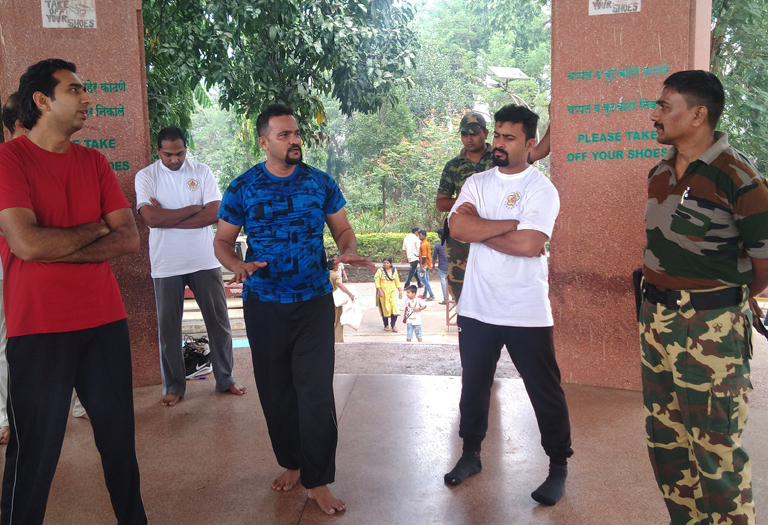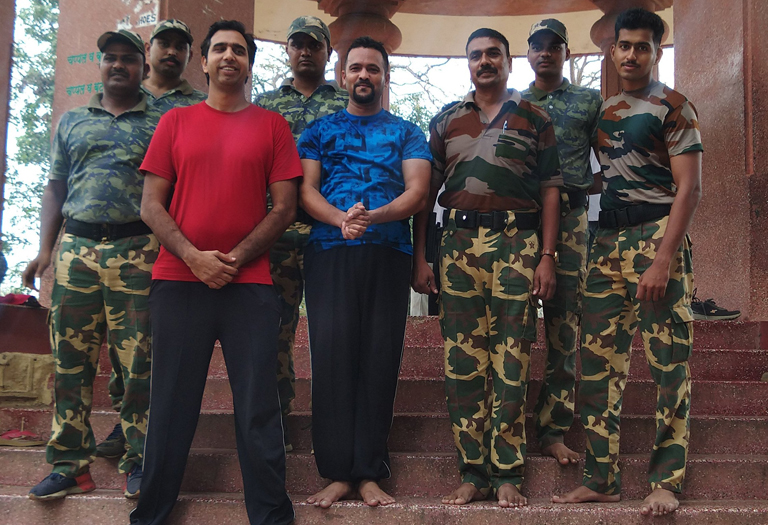IWCA’s Protection training strongly follows the use of Force Continuum.
A use of force continuum is a standard that provides law enforcement officers and civilians with guidelines as to how much force may be used against a resisting subject in a given situation. In some ways, it is similar to the U.S. military's escalation of force (EOF). The purpose of these models is to clarify, both for law enforcement officers and civilians, the complex subject of use of force.
Levels of Force usage
1. Officer presence: No force is used. This is always the preferred method of resolving a situation or conflict. The visual presence of authority i.e. single Security personnel in full uniform or a team of security personnel is normally enough for a subject to comply with an officer's lawful demands.
2. Verbal commands/cooperative controls: If the physical presence of security personnel is not enough, verbal commands can be added to achieve the desired results. A verbal command can be as simple as “stop” or “don’t move” or even “you’re under arrest.” When using verbal commands, the content and the tone of voice used are very important. It should be non-threatening and calm, but firm. Clear and understandable verbal direction by an officer aimed at the subject, at times explaining the consequences of non compliance.

3. Soft Control - Empty-hand submission techniques: – Empty hand Control Tactics and technique, Pressure Point Control Tactics (PPCT) , joint manipulation techniques. This is basically the use of bare hands and no weapons. If words and an officer’s presence are not enough, then the officers may need to get physically involved. This level usually involves what is called “soft empty hand techniques. There is no use of weapons or equipment at this level. Instead, an officer may use “soft empty hands techniques” by using his or her hands to hold or restrain in order to achieve the desired results.
4. Hard control - Aggressive response techniques: If the need arises for “hard empty hands technique,” they may use punches or kicks to subdue a suspect. This would include kicks, punches, stuns and use of aerosol sprays such as oleoresin capsicum (OC) pepper spray.
5. Intermediate weapons: Use of expandable baton for applying pressure to pressure points and joints. Pepper spray, Taser, beanbag rounds, rubber fin stabilized ammunition, Mace (spray), police dogs etc.
6. Lethal force/Deadly force: A force with a high probability of causing death or serious bodily injury. A firearm is the most widely recognized lethal or deadly force weapon, however, an automobile or weapon of opportunity could also be defined as a deadly force utility.

Subject Classification
In all use of force continuum models, the actions of the subject is classified in order for the officer to quickly determine what level of force is authorized and may be necessary to apprehend or compel compliance from the individual. Listed below are examples of how subjects are classified.